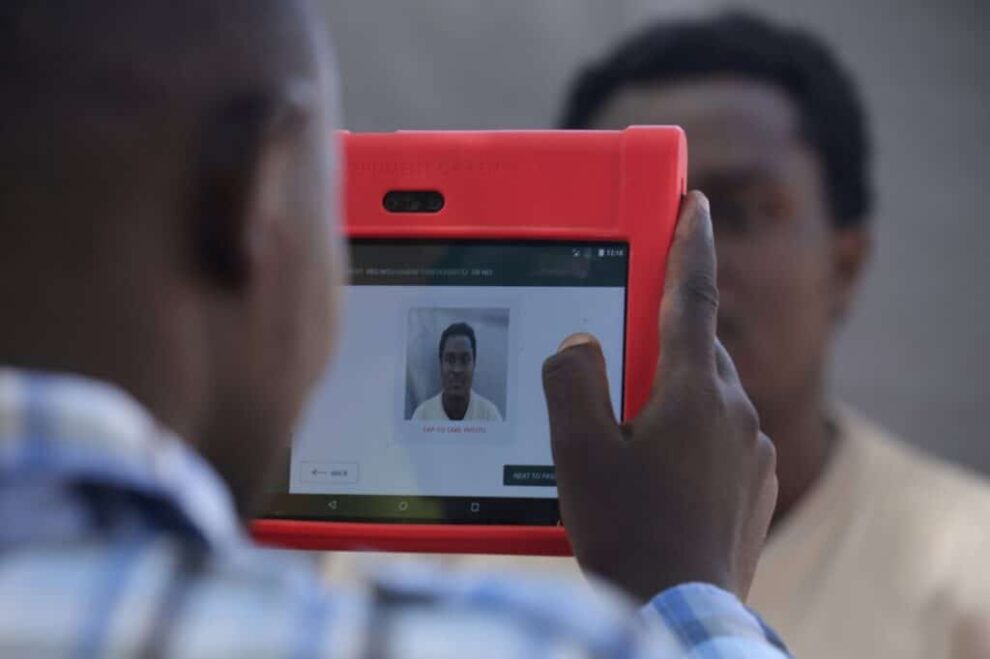Generative AI could have a major impact on digital identity and development efforts across Africa, attendees of the latest ID4Africa livecast heard from a series of stakeholders.
Advances in AI are delivering productivity increases, more innovation, and enabling real-time, data-driven insights, ID4Africa Executive Chairman Dr. Jospeh Atick said, introducing the topic of “Artificial Intelligence (AI) and Development: The good, bad & undefined.”
The agenda for ID4Africa’s 2024 Annual General Meeting in Cape Town, South Africa was also unveiled during the introduction.
The first panel explored the potential impact of large language models (LLMs) like GPT and its chatbot iteration, ChatGPT, on digital ID.
Parankusha Seshadri of Ernst & Young spoke about how generative AI can help improve the capacity of organizations for implementing digital identities. The ability of these platforms to answer questions and generate code could be a significant aid to organizations building up technical capacity, he says. He spoke about the possibility of integrating the documentation for platforms like MOSIP or OpenCRVS with an LLM to dramatically improve productivity.
Other potential applications Seshadri sees for LLMs in digital ID include automating deployment, detecting fraud in biometric enrollment attempts, and monitoring social media to gauge public perception.
He also shared a demonstration of a MOSIP-GPT as a technical support and code generation tool.
Benjamin Bertelsen of UNDP discussed the development of a chatbot to accompany its Model Governance Framework for Digital Legal Identity System. Atick noted the potential for a similar project to harmonize Africa’s legal frameworks for digital identity and civil registration.
Professor Carsten Maple of the Turing Institute and the University of Warwick pitched generative AI as a way to gain insights from the disparate sources of information participating in a complex ecosystem like digital ID. As technology providers, government agencies and civil society may provide feedback in various more and less-structured formats, LLMs can bring that feedback together in a way different users can understand. Gaps in legal frameworks can be identified to enhance policy-making. He also believes multi-modal remote support can make registration and authentication processes more accessible, such as for people with disabilities or lower levels of literacy.
Maple also says LLMs can help with digitizing huge volumes of ID records.
At this point the potential for bias to be introduced, and fairness degraded, through the use of generative AI tools, entered the discussion. Evaluating the efficacy and confidence of LLMs remains a work in process, Maple cautions. Concerns were also raised around privacy, cybersecurity, and the potential for a tech oligopoly.
Biometric accuracy and trustworthiness
Dr. Stephane Gentric of Idemia reviewed the historical development of biometric algorithms, from traditional approaches of extracting features and encoding values based on them to the use of deep learning neural networks in newer biometric systems.
He moved on to explain how biometric systems are evaluated, and then how generative AI is used to create synthetic data, like images that can be used in facial recognition training. Idemia provided a database of more than 300 million synthetic images to one customer for system testing, Gentric revealed.
Gentric also noted the boost generative AI has given to some kinds of attacks, like deepfakes and face morphing.
Professor Stephanie Schuckers of Clarckson University and CITeR provided an overview of deepfake and presentation attack detection. Her presentation emphasized the importance of different layers of protections to address the range of threats facing biometric systems, including bypass attacks.
Frances Zelazny of Anonybit addressed the data management aspect of ensuring trustworthiness in biometrics. Spear-phishing can be made much more effective with generative AI, Zelazny says, particularly combined with stolen data. Zelazny raised many similar points as were discussed in a recent Biometric Update webinar on the threat of generative AI.
African context and ethical considerations
Dr. Melissa Omino and Dr. Angeline Wairegi of the Centre for Intellectual Property and Information Technology Law (CIPIT) at Kenya’s Strathmore University cautioned against uncritical acceptance of narratives around generative AI.
They reviewed opportunities for generative AI to benefit development efforts broadly, such as in maximizing crop yields and appropriate agricultural land management. Misinformation and disinformation could be super-charged by generative AI tools, however, and inaccuracies from generative AI could be missed if users are too credulous, Omino warns.
Computational resources to take advantage of generative AI are also in scarce supply in Africa, Atick pointed out, with only 0.2 percent of the world’s GPU capacity located on the continent.
Govind Shivkumar of the Omidyar Network delved into the disruptive impact of generative AI. Technological revolutions cause economic revolution, he says, making Africa’s participation in the former vital to its development interests.
The next ID4Africa livecast will be held on February 28, and focus on digital identity and health.
Source : Biometric Update











